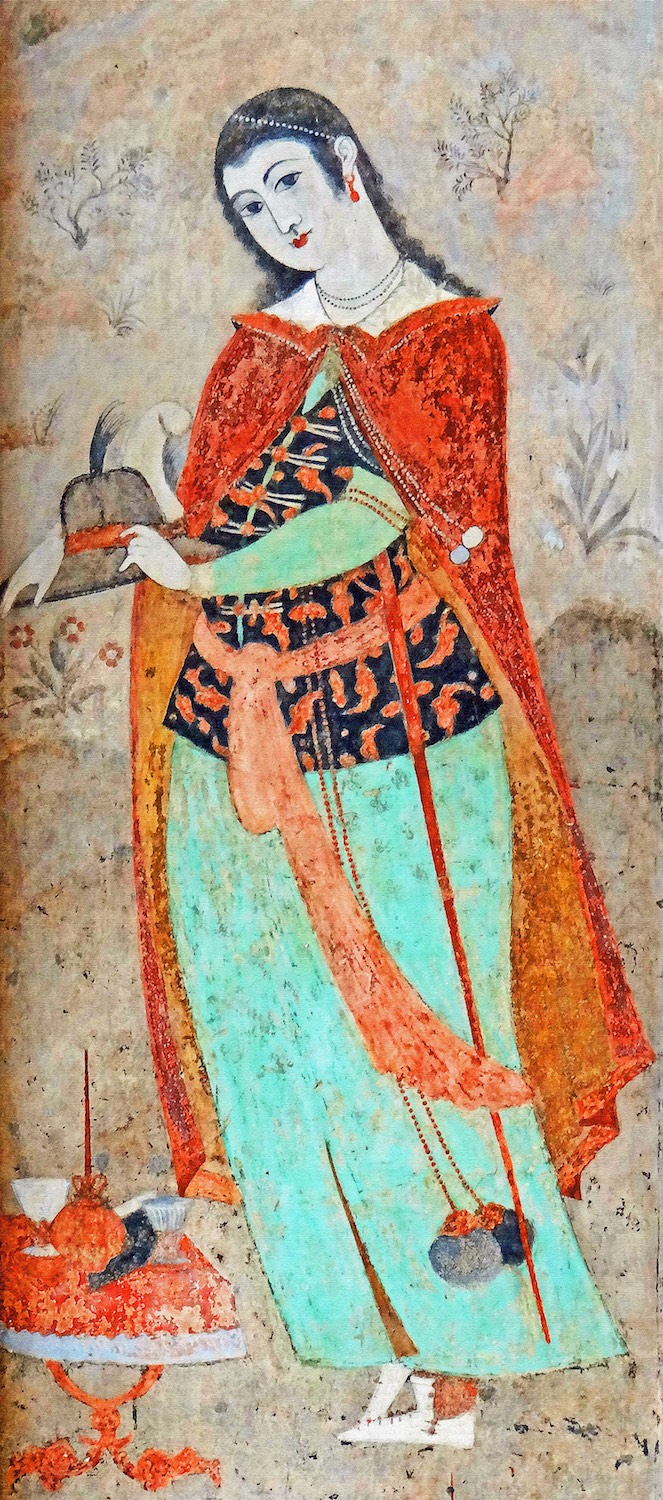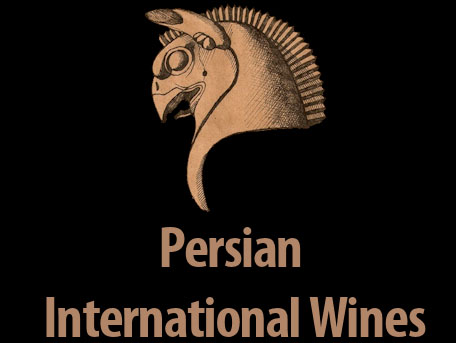Persia is a land of great mysteries and legend when it comes to making wine

Wine as we know it has a real history dating back 1000’s of years, a history which overtime has led to the various quality wines we enjoy today.
Recent archaeological research has pushed back the date of the known origin of wine making in Persia far beyond that which writers earlier in the 20th century had envisaged. Excavations at the Godin Tepe site in the Zagros mountains, have revealed pottery vessels dating from c.3100–2900 BC containing tartaric acid, almost certainly indicating the former presence of wine.
Even earlier evidence was found at the site of Hajji Firuz Tepe, also in the Zagros mountains. Here, McGovern et al. (1996) used chemical analyses of the residue of a Neolithic jar dating from as early as 5400–5000 BC to indicate high levels of tartaric acid, again suggesting that the fluid contained therein had been made from grapes.
_____________________
Reading above Persia was one of the leaders in the creation of the wines we enjoy today which by the ninth century, the city of Shiraz had already established a reputation for producing the finest wine in the world, and was Iran’s wine capital. The export of Shiraz wine by European merchants in the 17th century has been documented.
As described by enthusiastic English and French travellers to the region in the 17th to 19th centuries, the wine grown close to the city was of a more dilute character due to irrigation, while the best Shiraz wines were actually grown in terraced vineyards around the village of Khollar.
These wines were white and existed in two different styles: dry wines for drinking young, and sweet wines meant for aging. The latter wines were compared to “an old sherry” which was one of the most prized European wines of the day, and at five years of age it were said to have a fine bouquet and nutty flavour. The dry white Shiraz wines were fermented with significant stem contact, which would have made these wines rather phenolic, i.e., rich in tannins.
The wine called “Shiraz”, come from French-rooted grapes of the Rhone Valley, with no known genetic connection to the grape varieties from modern Shiraz, Iran/Persia. It just borrows the name and style. Malaga wine (or sherry), on the other hand, is a direct descendant of the Shiraz
It is likely that Shiraz wines of older times were dried grape wines.
While travellers have described the wines as white, there seem to be no ampelographic descriptions of the vines or grapes. Marco Polo made mention of the wine, and other classical accounts describe vines trained by pulleys and weights to grow up one side of a house and down another.
The British poet Edward FitzGerald later translated the Rubaiyat of Omar Khayyam, in which praise is heaped on the Shiraz wines.
________________________
In modern Iran, Shiraz wine cannot be produced legally due to the prohibition of alcohol in Islam. Before the Islamic Revolution in 1979, there were up to 300 wineries in Iran; now there are none. As a whole, Iran is not a wine producing country, but Iranian Christians are legally allowed to ferment wine.
Despite the name, there is no proven connection between the city of Shiraz and the modern-day red grape variety “Shiraz”, planted in Australia, South Africa, Canada, the United States, and some other countries.
As book of Immortal Land Persian says Ramian wines were world-famous in the Parthian Empire Ramian Wine is now a local wine brand but Shiraz wines are famous across the globe.
